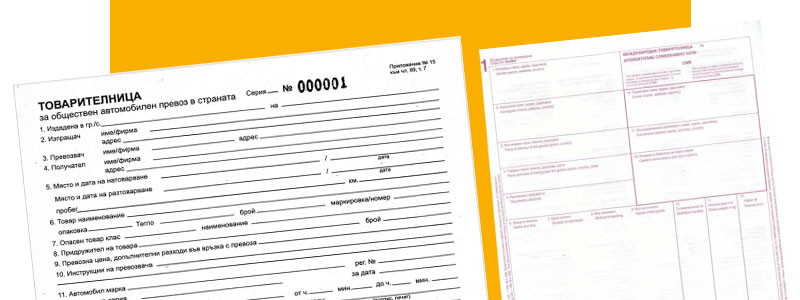- Promotions
How to fill out a bill of lading?

Completing bills of lading is a key process in the logistics and management of domestic and international transportation of goods. The bill of lading serves as an official document that certifies the agreement for the carriage of goods between the carrier and the shipper and is valid evidence in case of possible disputes. Additionally, the waybill number is a tool for tracking the status and location of shipments.
In this blog, you will take a detailed look at how to fill out this document and share tips to make the process easier and avoid mistakes.
Table of Contents
1. Basic steps for completing the bill of lading
2. Tips for filling out bills of lading effectively
Basic steps for completing the bill of lading
To ensure that the bill of lading is completed correctly and meets all legal requirements, follow these basic steps:
- Selection of a suitable form or form - filling in begins with the selection of the correct form, which may vary depending on the type of transport – domestic or international, and, accordingly, domestic or international waybill.

- Sender and recipient details - Include complete and accurate sender and recipient details, including names, addresses and contact information.

- Description of the goods - describe the goods in a way that is clear and comprehensive - type, quantity, weight and any specific markings or instructions.
- Transport conditions - specify transport conditions, including mode of transport (airplane, truck, ship), as well as specific requirements, such as temperature or delivery times.
- Signatures and details - remember that friends must be signed by all parties involved - sender, carrier and consignee.
Tips for filling out bills of lading effectively
To minimize the possibility of errors and facilitate the filling process, there are some useful tips:
- Uses electronic filling systems - many companies now offer software solutions that automate this process, reducing the risk of human error.
- Staff training - regular training of staff involved in filling out and processing bills of lading is essential to maintaining high accuracy.
- Keep documentation up-to-date - regularly review and update your procedures and forms to reflect current legal requirements and standards.
Correct filling of bills of lading is important for the success of logistics operations in any company. This accuracy, attention to detail and good organization. With the right approach and adequate resources, a company can significantly improve its efficiency, reduce the likelihood of errors and ensure smooth running of transport and delivery processes.







